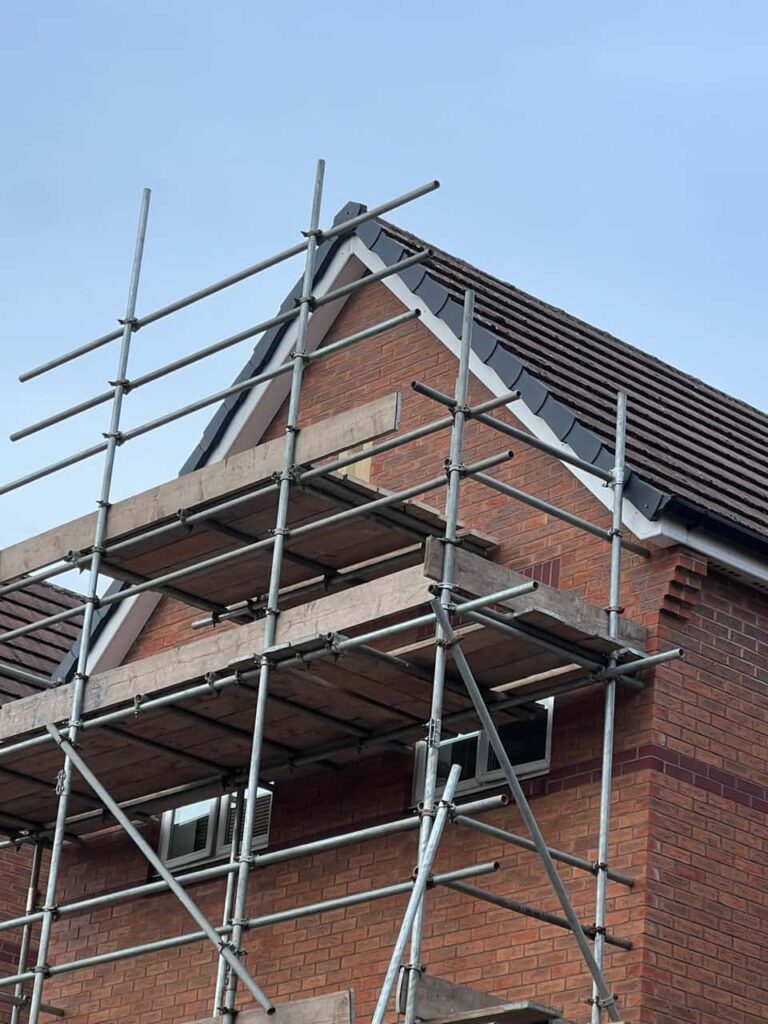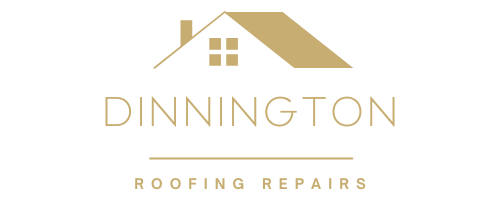Introduction: Maintaining the integrity of a historic home often involves unique challenges, especially when it comes to replacing the roof. Whether your property boasts Victorian charm or Georgian elegance, preserving its historical character while ensuring structural integrity requires careful planning and expertise. Here’s a comprehensive guide to navigating roof replacement in historic homes in Dinnington and solutions to common challenges.
1. Preservation Guidelines
Before embarking on any roof replacement project for a historic home in Dinnington, it’s essential to understand local preservation guidelines and regulations. These guidelines are designed to protect the historical authenticity of properties in the area. Consult with local authorities or preservation societies to ensure your plans comply with these regulations.
2. Historical Accuracy
Maintaining the aesthetic and architectural integrity of a historic roof is paramount. When replacing the roof, choose materials that closely match the original in style, colour, and texture. Traditional materials such as slate, clay tiles, or wooden shakes are often preferred for their authentic appearance and durability.
3. Structural Assessment
Due to the age of historic homes, underlying structural issues may exist that need addressing before or during roof replacement. Conduct a thorough structural assessment with a qualified surveyor or structural engineer. Address concerns regarding load-bearing capacity, framing, or supporting structures to ensure they meet modern safety standards.
4. Specialist Contractors
Hiring contractors experienced in working with historic properties is crucial. Look for roofing companies in Dinnington with a proven track record in preserving historical integrity. These specialists understand the unique challenges of historic roofs and can recommend suitable materials and techniques that comply with preservation guidelines.
5. Conservation Rooflights
Installing conservation roof lights can enhance the natural light in your historic home while maintaining its character. Conservation roof lights are designed to replicate traditional styles and are often approved for use in historic properties by local planning authorities. They provide a practical solution for improving interior lighting without compromising the roof’s historical authenticity.
6. Ventilation and Insulation
Effective ventilation and insulation are essential for the longevity of a historic roof. Poor ventilation can lead to moisture buildup, causing damage to the roof structure and interior spaces. Work with your roofing contractor to install appropriate ventilation systems that meet current building regulations while preserving your home’s historic fabric.
7. Weatherproofing
Due to their age and often intricate designs, historic roofs are particularly susceptible to weather-related damage. Ensure your new roof is weatherproofed with high-quality underlayment, flashing, and sealants. Protect vulnerable areas such as valleys, dormers, and chimneys to prevent leaks and water ingress.
8. Maintenance Planning
Once the roof replacement is complete, establish a regular maintenance schedule to preserve its condition. Schedule annual inspections and maintenance checks to identify and address any issues promptly. Keep gutters clear of debris, trim overhanging branches, and monitor for signs of wear or damage.
9. Documentation and Records
Maintain detailed documentation throughout the roof replacement process, including photographs, architectural drawings, and records of materials used. This documentation can prove invaluable for future renovations or historical research and ensures the continuity of your home’s historical narrative.
10. Seek Expert Advice
When in doubt, seek advice from professionals specialising in historic preservation. They can offer guidance on best practices, recommend suitable materials and contractors, and provide insights into maintaining the historical integrity of your home for future generations.
Conclusion: Replacing the roof of a historic home in Dinnington requires careful consideration of preservation guidelines, structural integrity, and aesthetic authenticity. By understanding the challenges and implementing appropriate solutions, you can ensure that your historic property retains its charm and character while benefiting from a durable and weather-resistant roof.
Call us on: 01909 498 195
Click here to find out more about Dinnington Roofing Repairs
Click here to complete our contact form and see how we can help you with your roofing needs.

